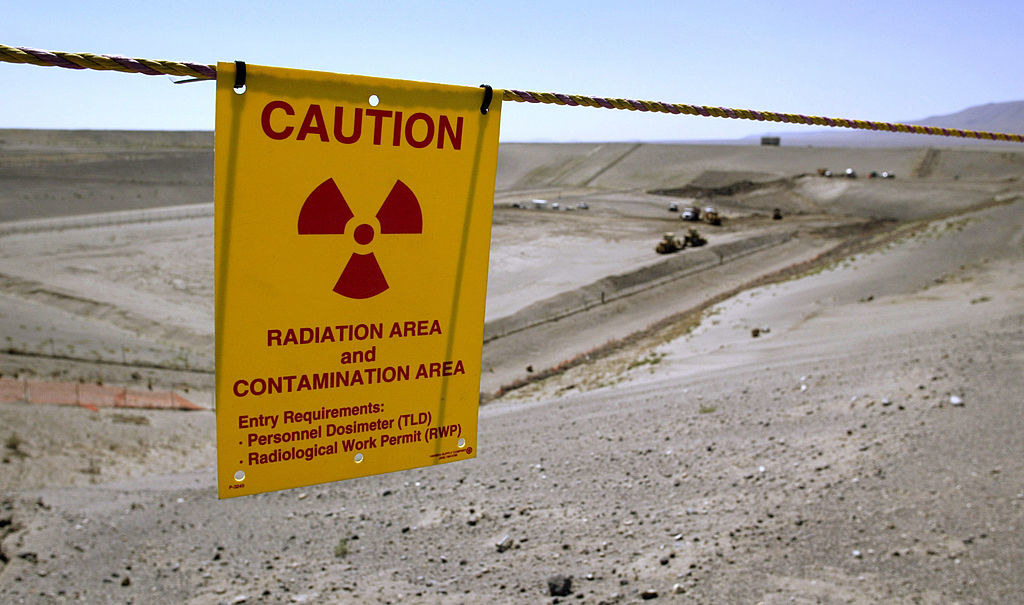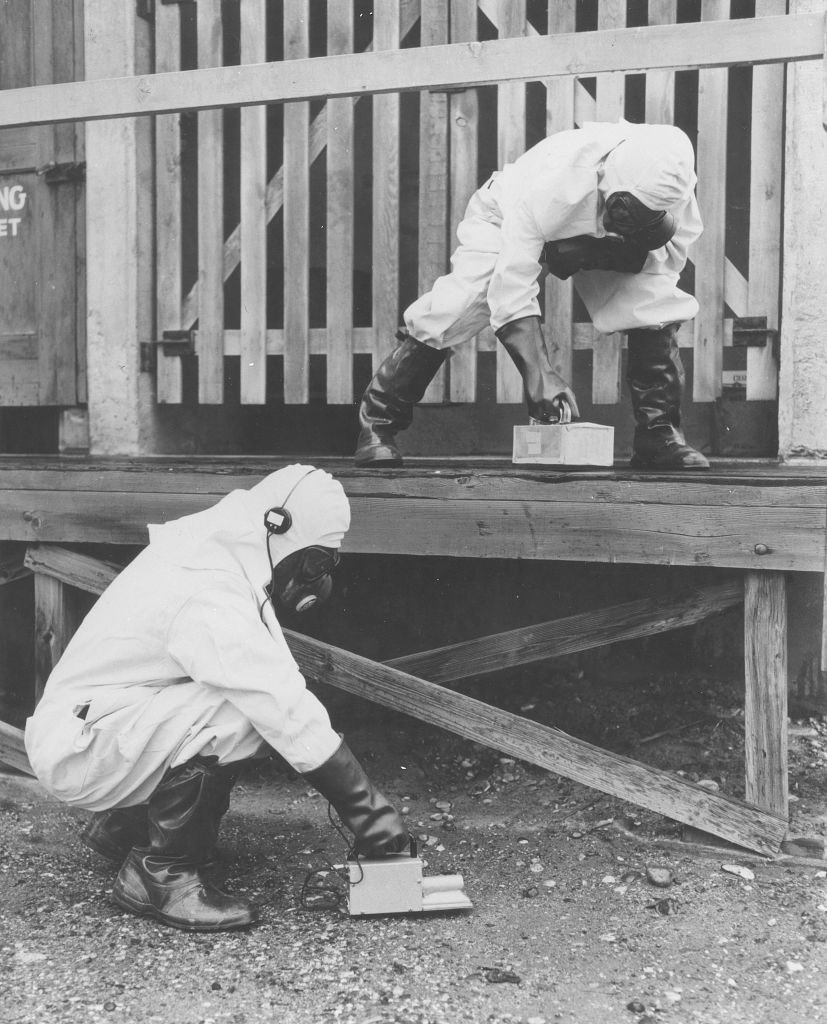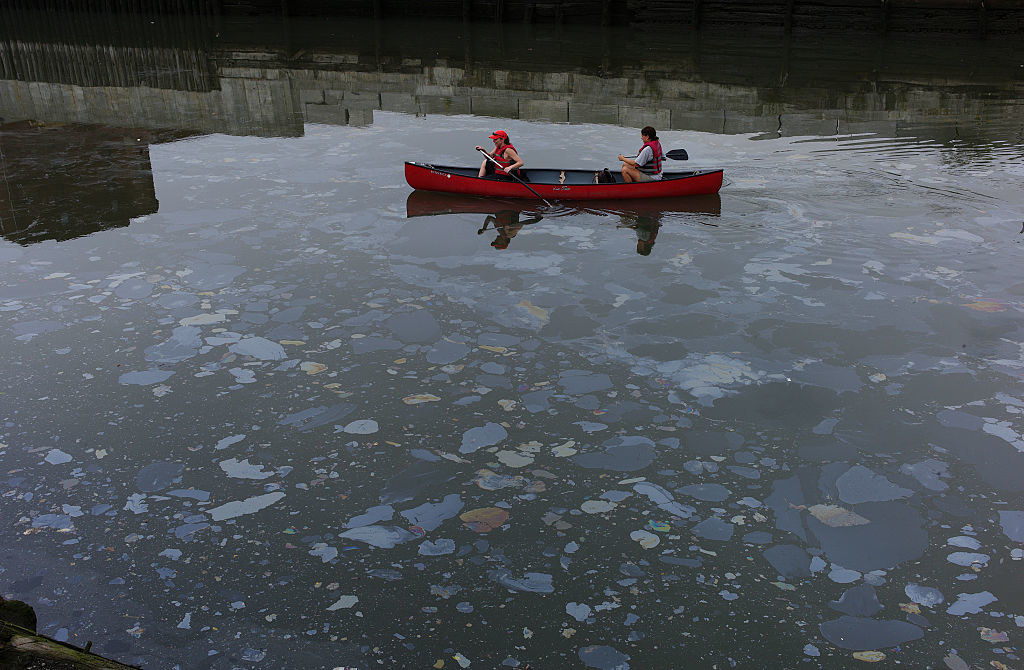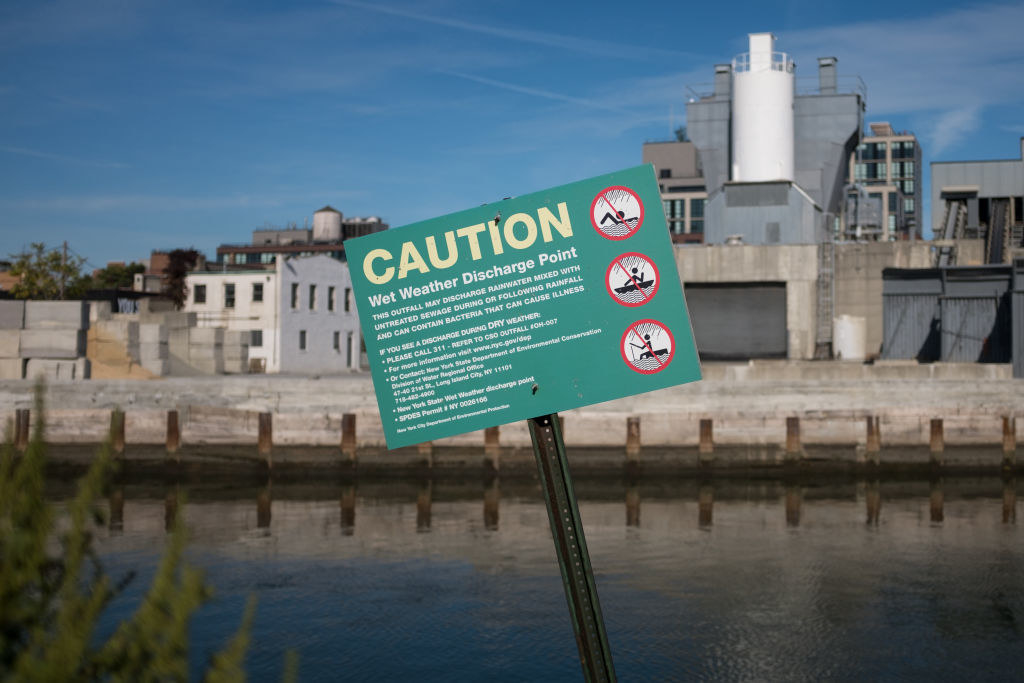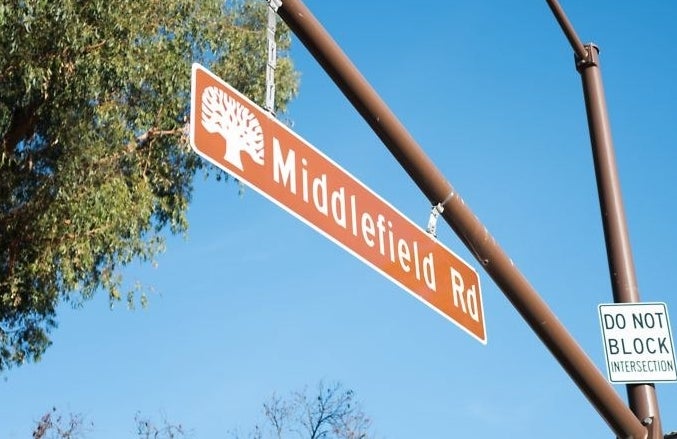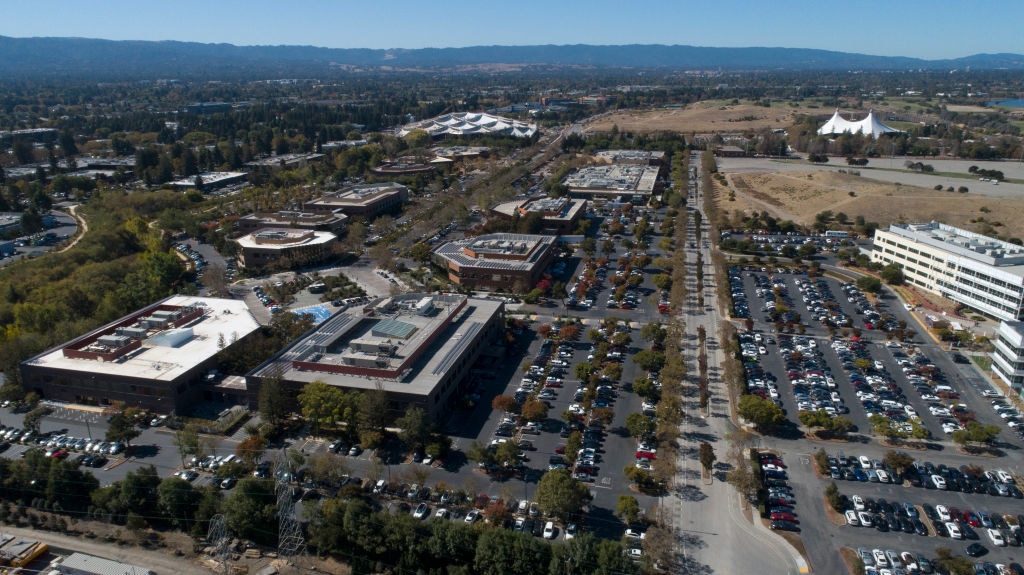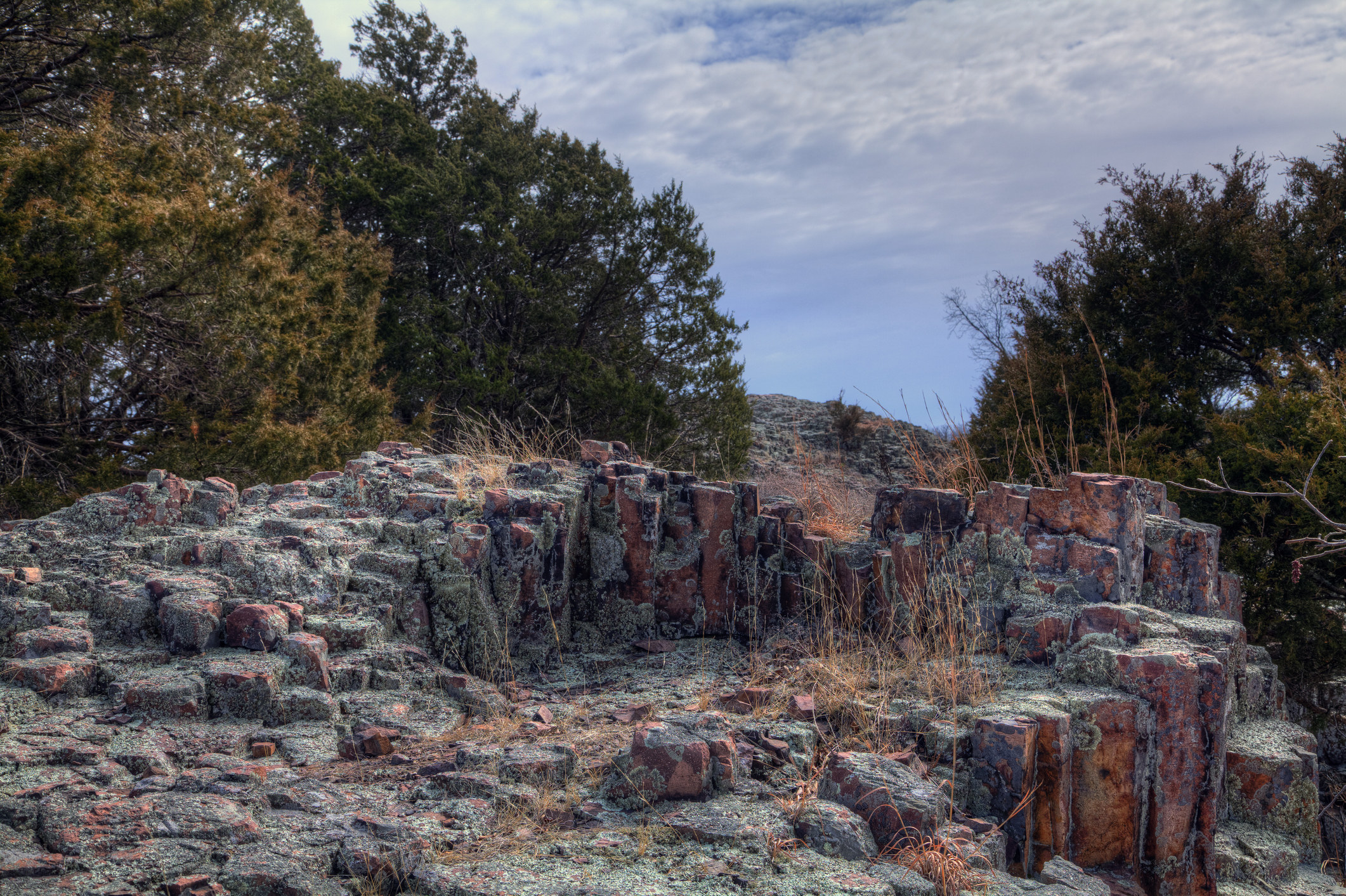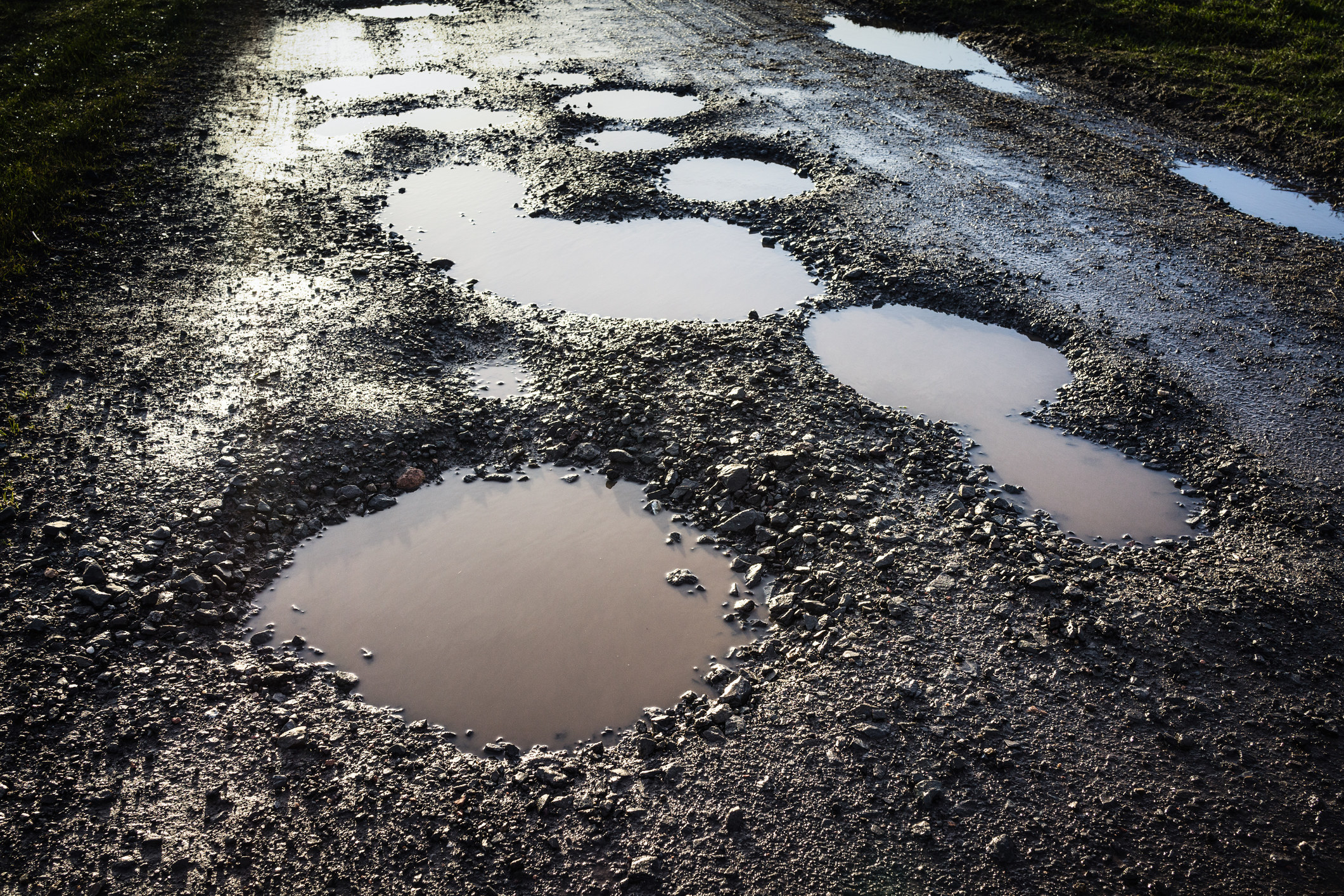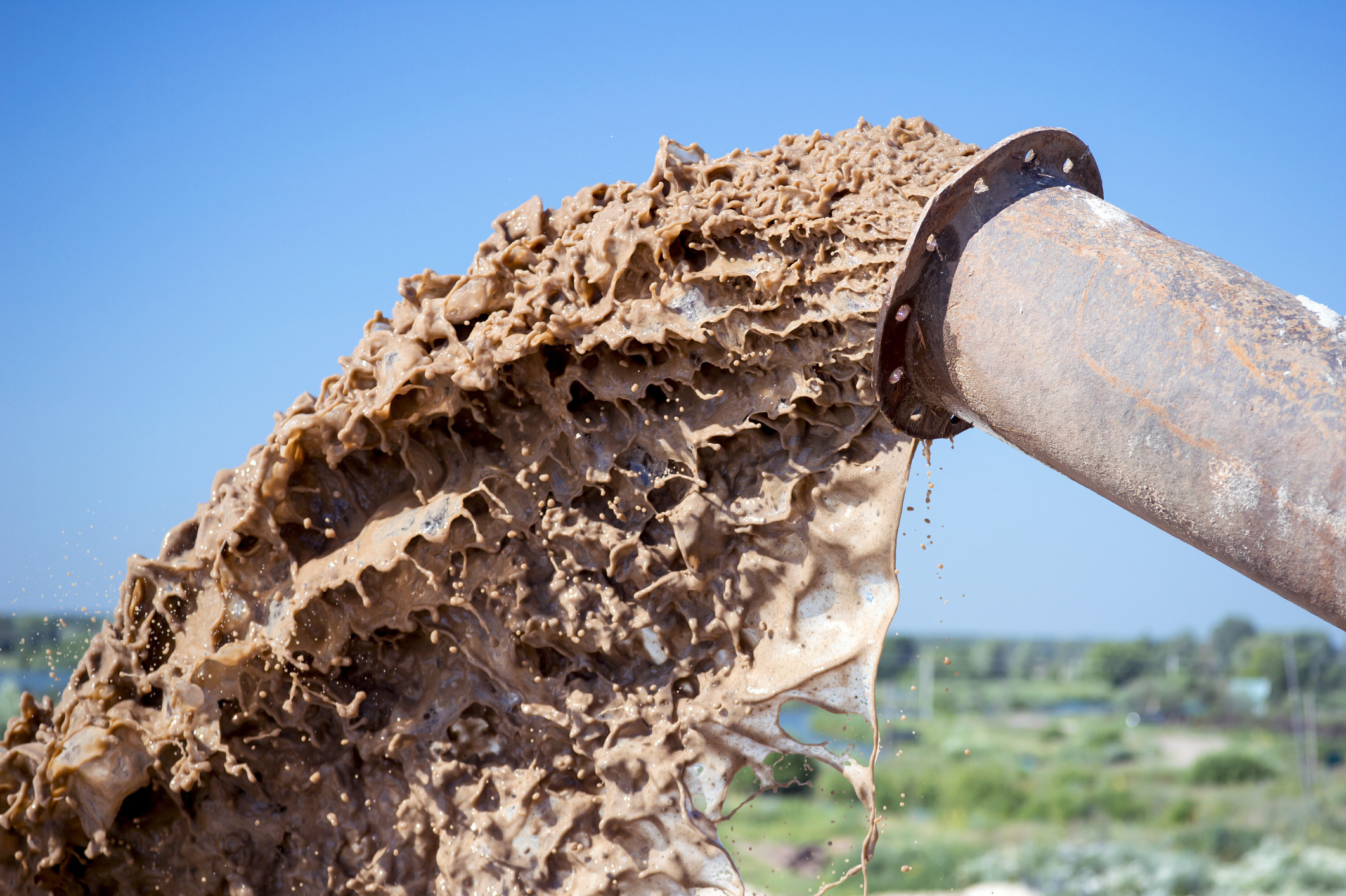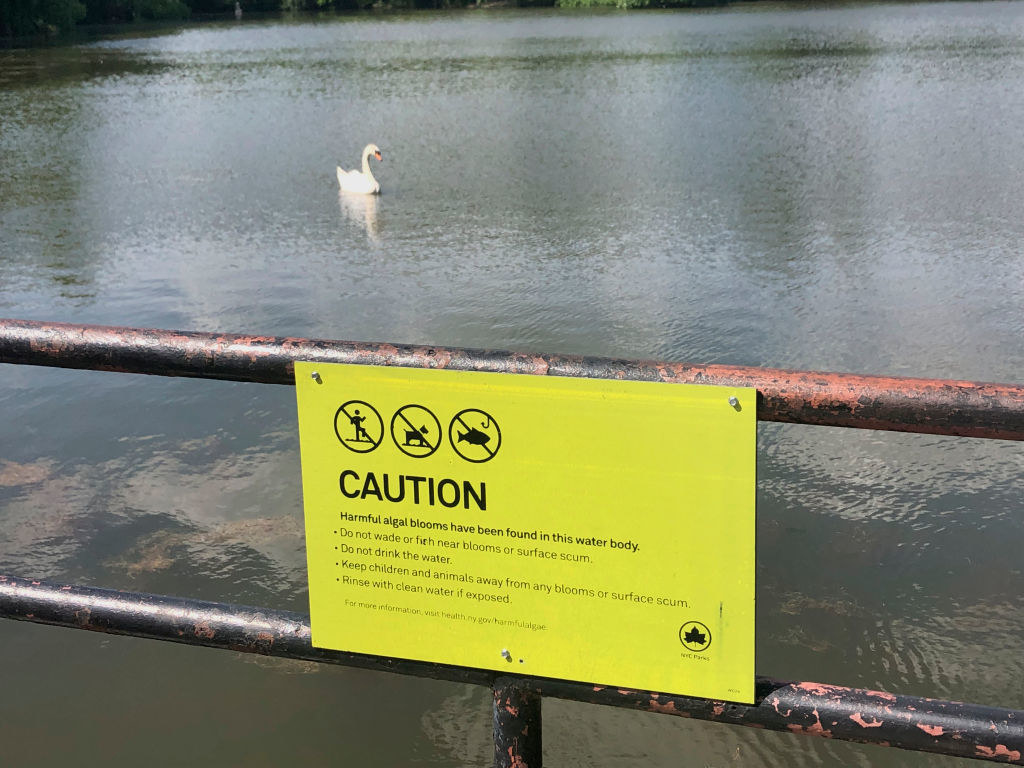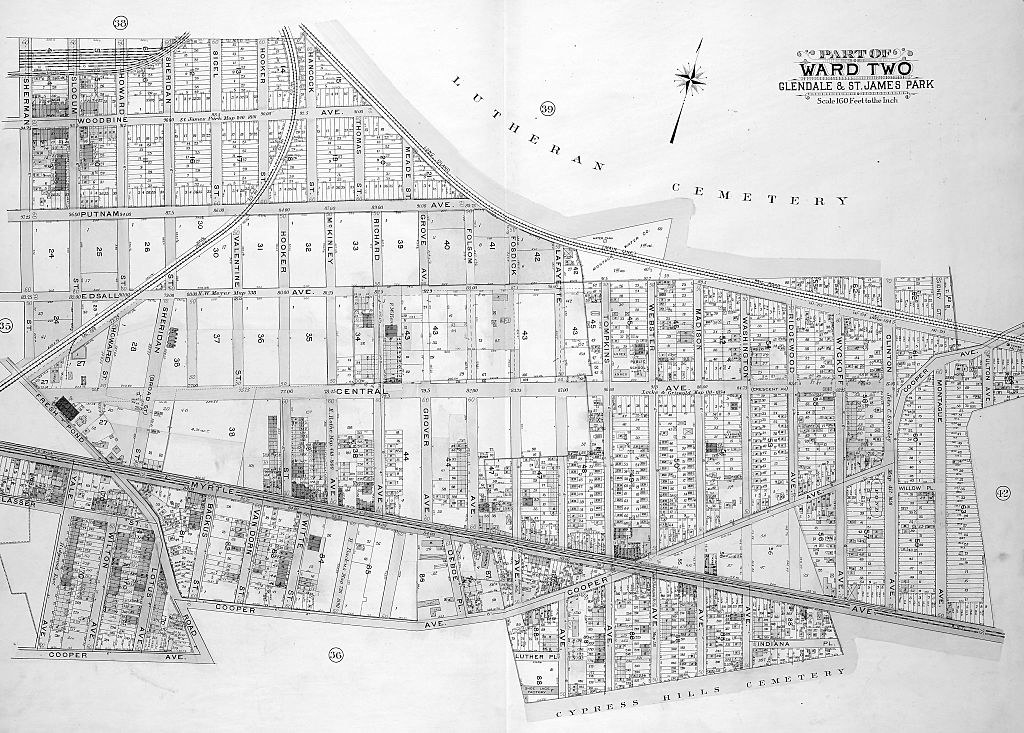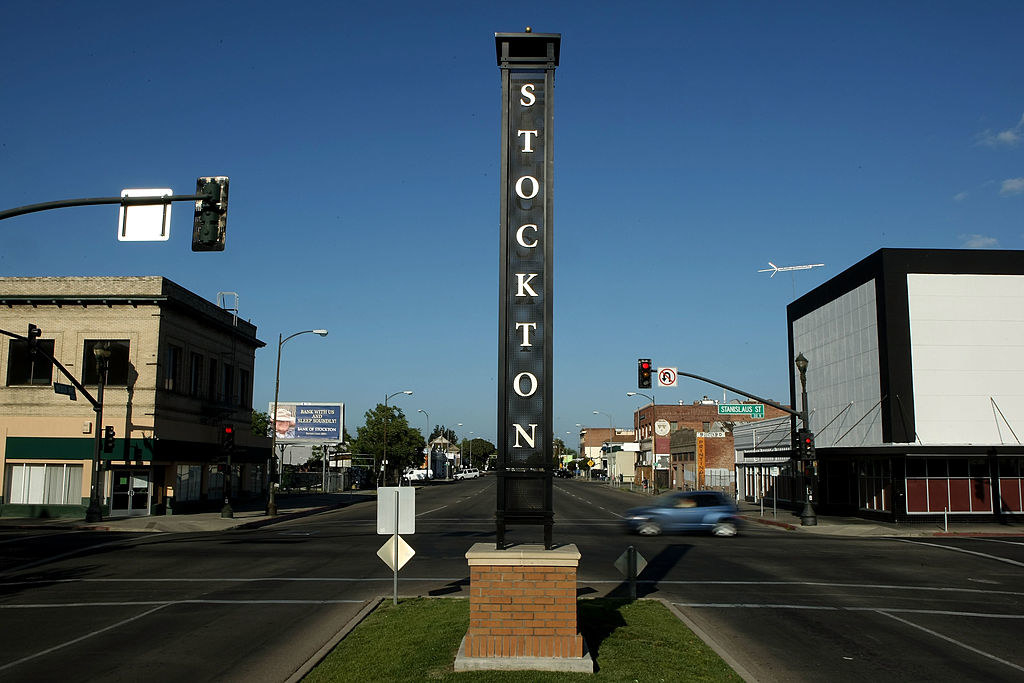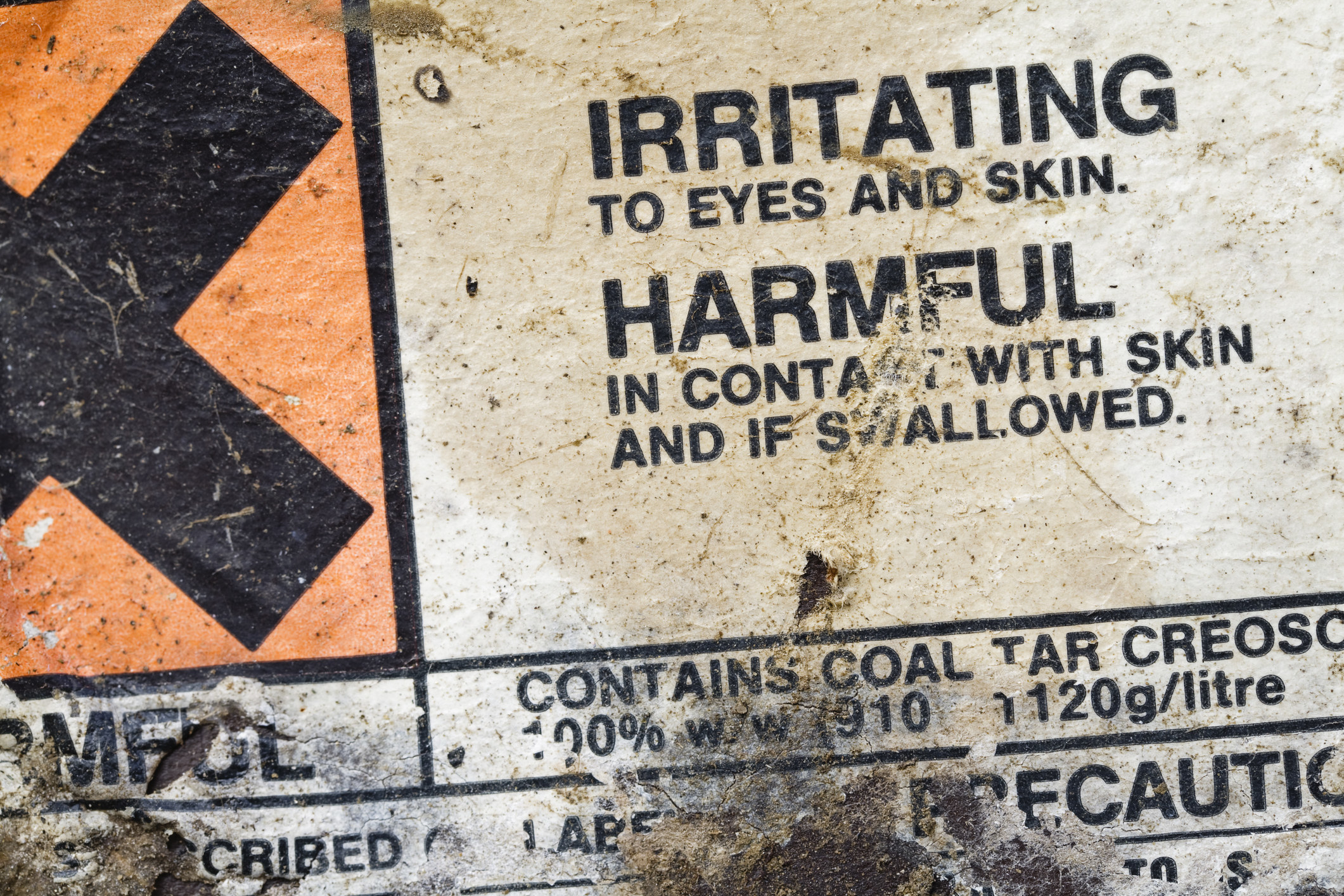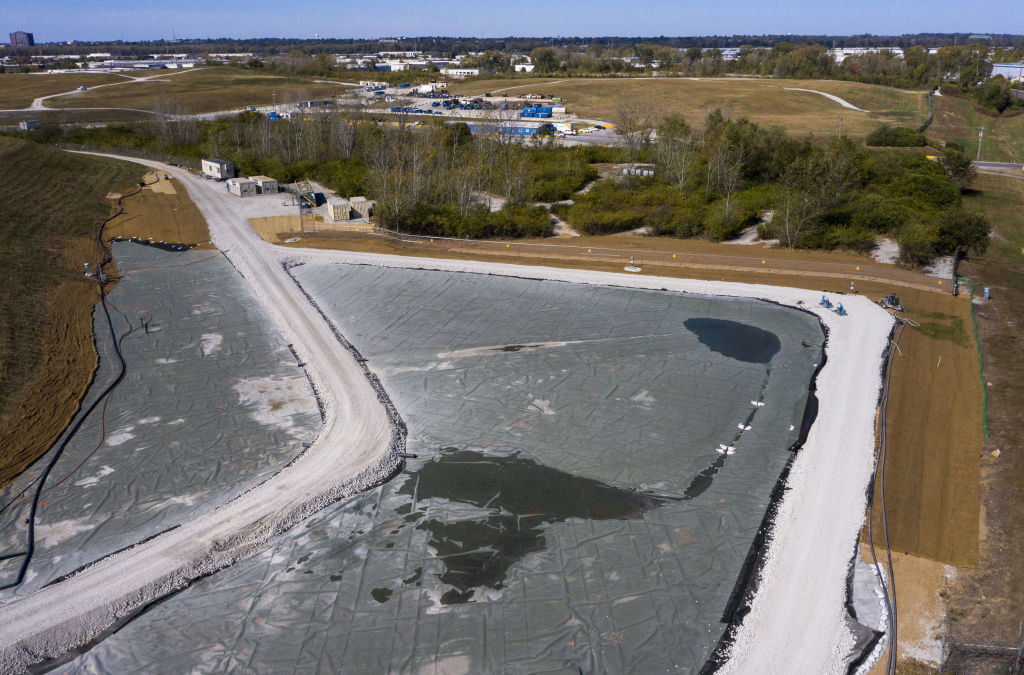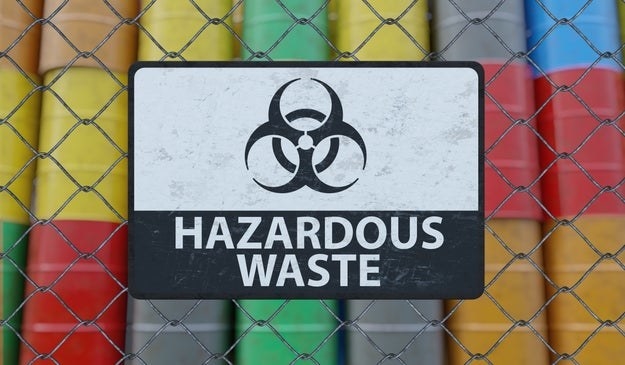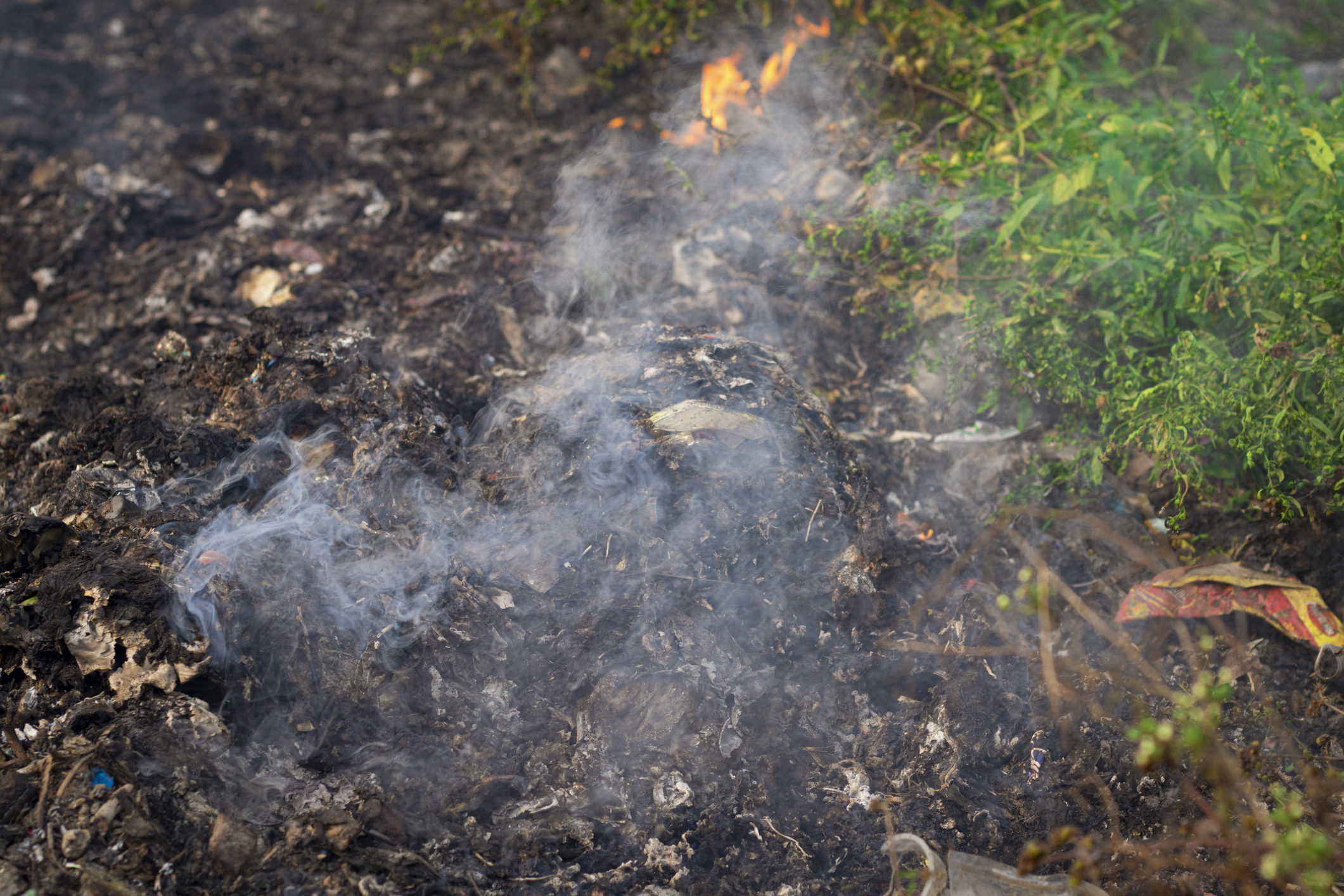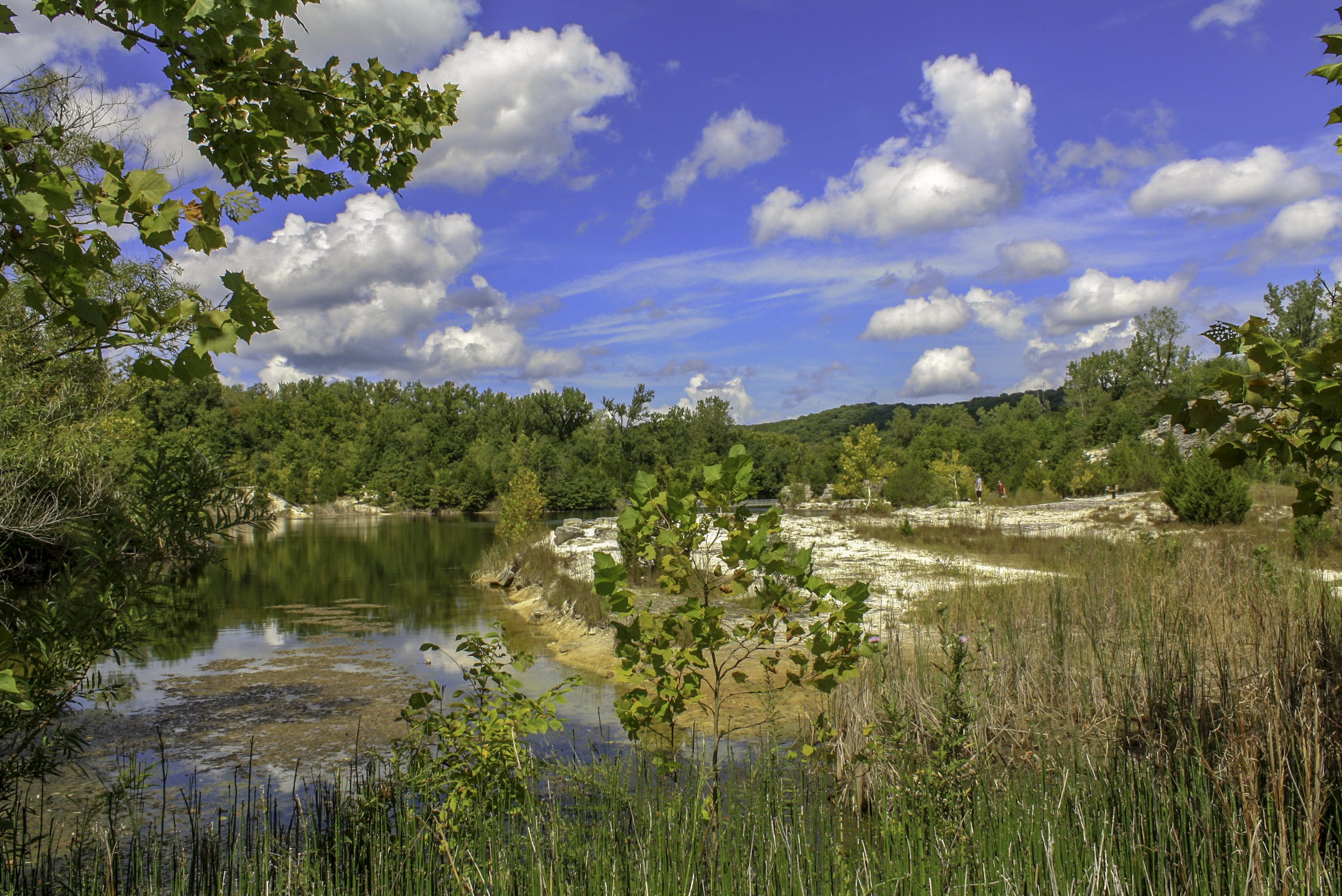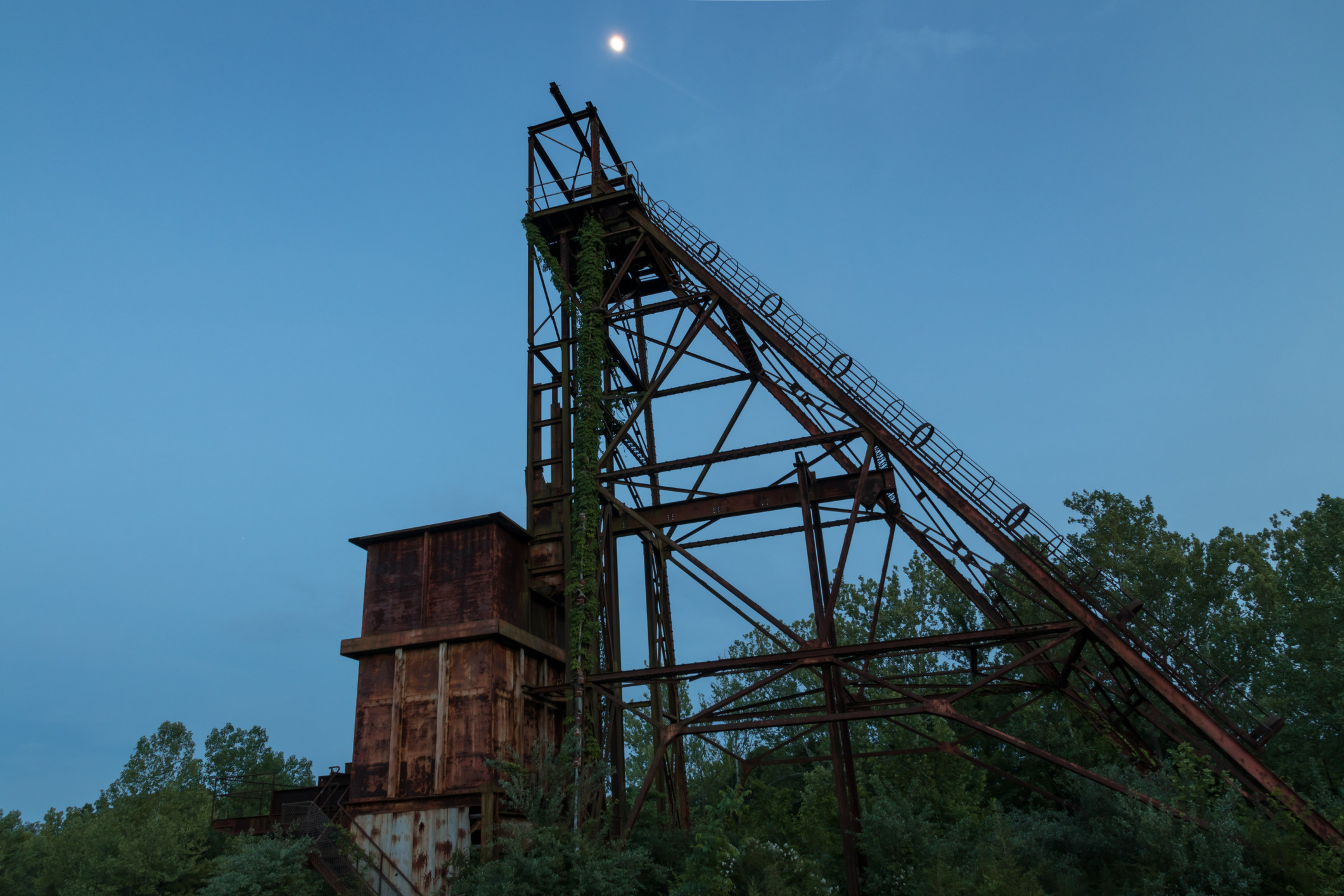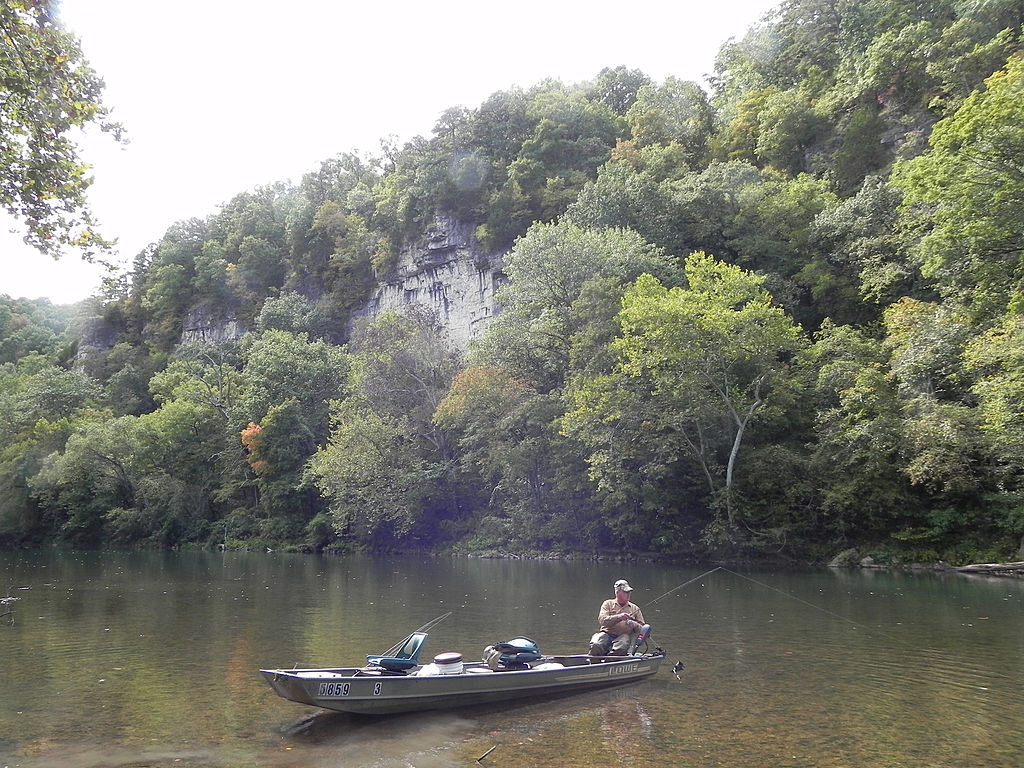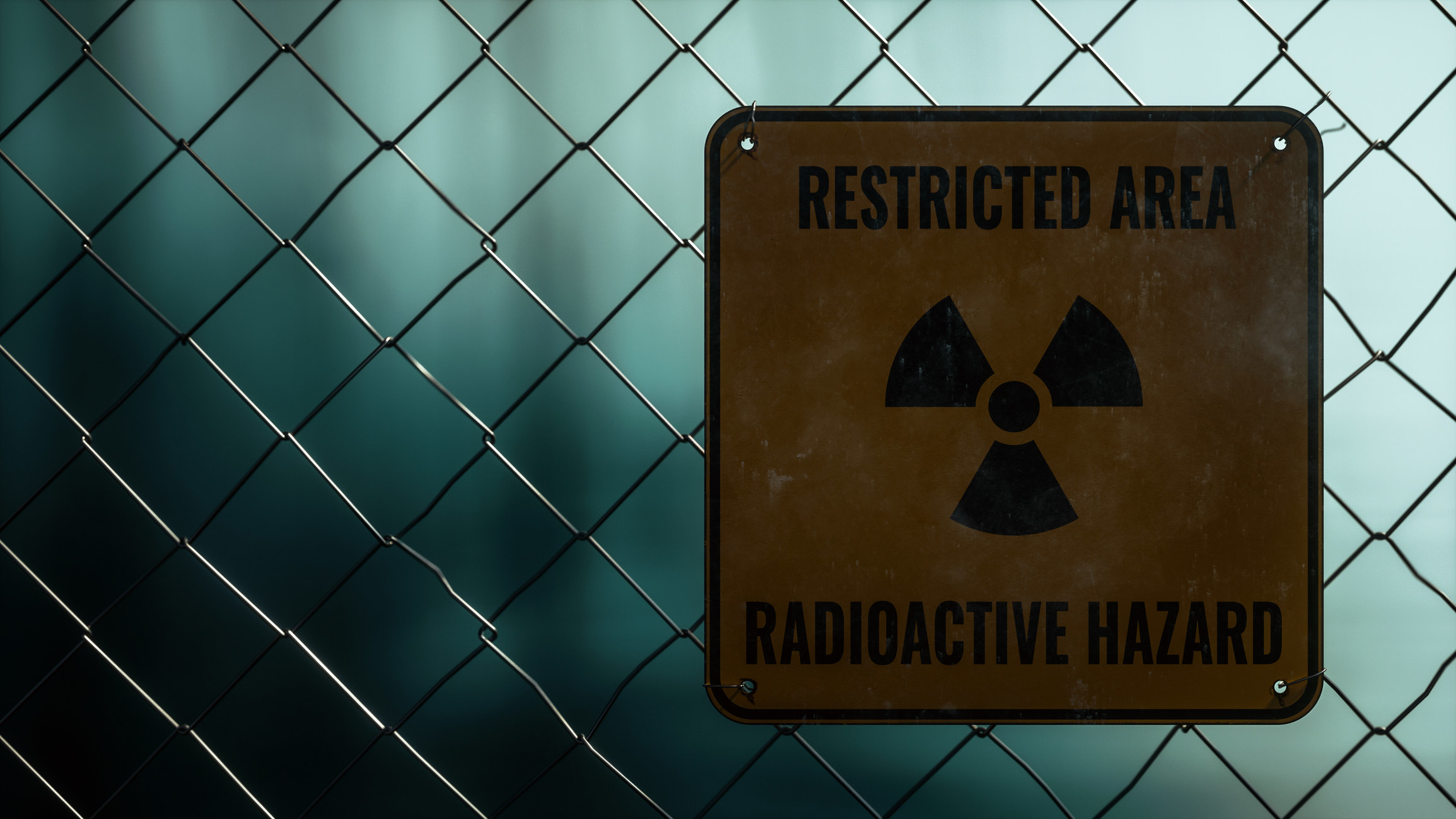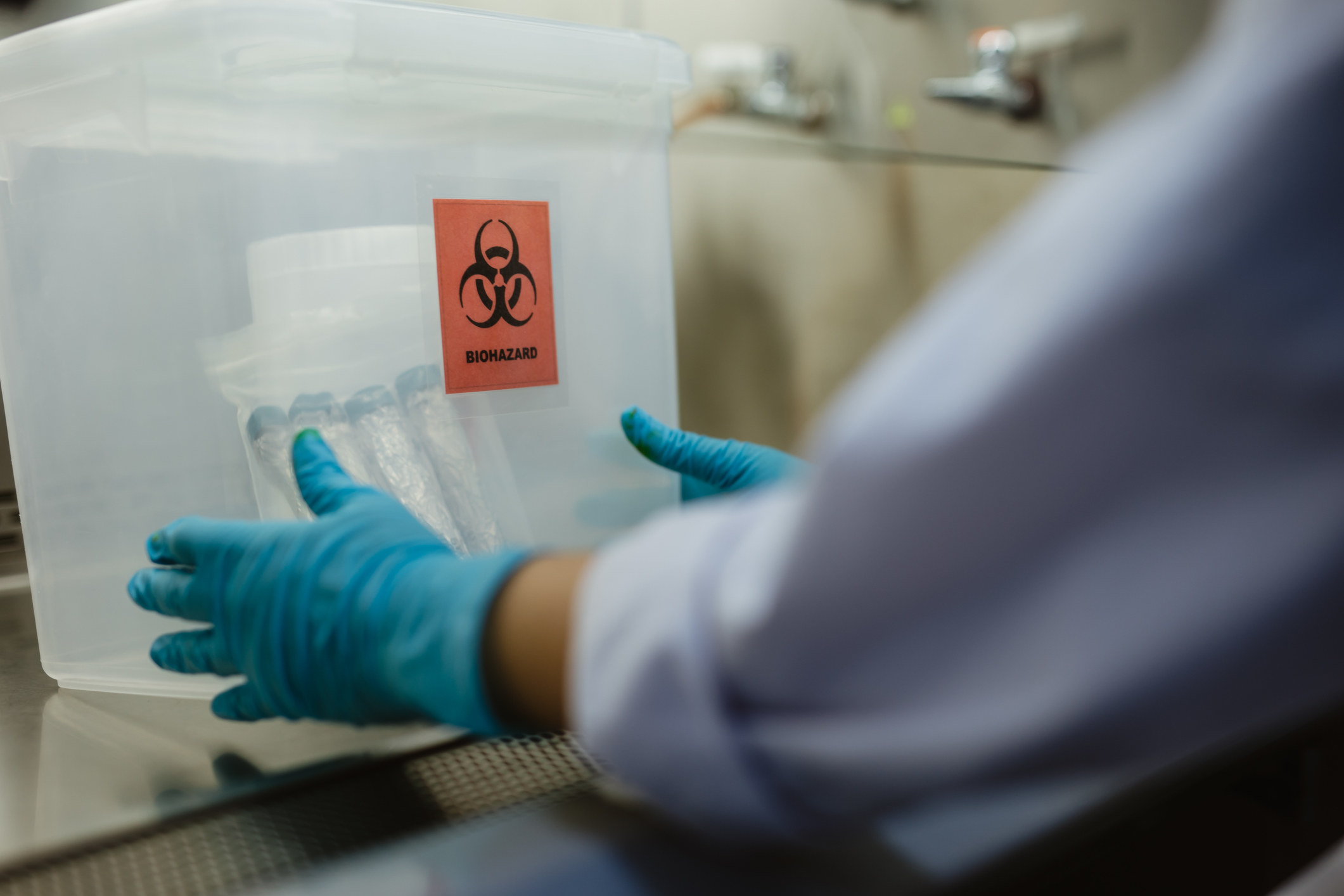In essence , a Superfund land site is a blank space that is sternly contaminate by hazardous barren that ’s been leave out / open and has not been decent manage … and there are THOUSANDS across the US including one called " America ’s Chernobyl . "
While researching information for another post, I came across a term I’d never heard before:Superfund site. In essence, a Superfund site is a place that is severely contaminated by hazardous waste that’s been left out/open, has not been properly managed, and has then been given funds by the Environmental Protection Agency to clean it up.
Now, the terrifying thing is that, across the United States,THOUSANDSof these sites exist. And FYI, according toTime, New Jersey, California, and Pennsylvania have the most sites. 👀 Here’s a look at just a few of the most devastating sites across the entire country:
1.TheHanford Nuclear Site, a decommissioned nuclear production complex in Benton County, Washington that was involved with theManhattan Project. It has been called the most toxic place in America and referred to as"America’s Chernobyl."
According toNBC News, “The tanks are leaking, and the vapors they emit contain toxic and radioactive chemicals known to cause cancer as well as brain and lung damage.” In 2016, 61 workers were exposed to these chemicals and toxins.
Some nuclear experts have even gone so far as to call Hanford, which opened in 1943,“the most toxic place in America"and “an underground Chernobyl waiting to happen.”
2.Gowanus Canalin Brooklyn, New York, which is surrounded by popular communities including Park Slope, Cobble Hill, Carroll Gardens, and Red Hook, and is considered one of the most polluted bodies of water in the US. It was once the location of gas plants, paper mills, tanneries, and chemical plants that discharged waste into the canal.
According toGothamist, “The canal’s sediment — its notorious ‘black mayonnaise’ — is a lethal mix of oil, coal, pesticides, rotting debris, raw sewage, chemicals, and heavy metals, which includes arsenic, benzene, chromium, mercury, and lead. The canal’s waters are tainted by millions of gallons of sewage every year, which, in the 1970s, led to it being contaminated with typhoid, cholera, and tuberculosis.”
“In more recent years, it has been diagnosed with gonorrhea. The canal’s coastline has been poisoned by a century of industrial use, including chemical factories and manufactured gas plants, which left behind coal tar plumes that have sunk 153 feet underground.”
3.TheMiddlefield-Ellis-Whisman(MEW) Superfund Study Area, which is actually comprised of three Superfund sites, and is next door to Google’s Mountain View campuses in California.
In 2013, asForbesreported, two of Google’s buildings suffered from toxic vapors that seeped up from the ground. The articleexplained, “The pollution is caused by trichloroethylene venting up through the soil.”
“TCE, as it’s called, is a powerful solvent that was used in vast quantities by semiconductor manufacturers like Fairchild, Intel, and Raytheon in the early days of Silicon Valley.”
4.TheWingate Road Municipal Incinerator Dumpin Fort Lauderdale, Florida where the city operated a waste incineration facility from 1954-1978.
According to theSun Sentinel, “The 61-acre property […] had been the site of a municipal incinerator and disposal operation run in such a sloppy manner that soil and water were contaminated with a witch’s brew of toxins.”
“Neighborhood residents blamed the incinerator for cancers, birth defects, and other health problems.”
5.TheWashington County Lead District — Old Mines Sitein Washington County, Missouri. It has soil, groundwater, surface water, and sediment contaminated with arsenic, barium, cadmium, and lead from historical mining practices, which many residences in the area seem to be unaware of.
According to theEPA, “As development in the area progressed over the last 200 years, residents of the area have constructed homes and developments on mine waste. Many people have used mine waste as an inexpensive option for use in gravel driveways or even sandboxes for children.”
“Unfortunately, many people moving into the area are not familiar with the mining history of the area or the health risks associated with exposure to mine waste containing lead, arsenic, and cadmium.”
6.TheWolff-Alport Chemical Companysite located in Ridgewood, Queens, New York, which borders Bushwick, Brooklyn, and is considered the most radioactive place in New York City.
According to theNew Yorker, “For decades, Wolff-Alport processed rare-earth metals and dumped the waste product, radioactive thorium, down the sewer.”
“Later, they sold their thorium to the Atomic Energy Commission, which stockpiled the material for use in nuclear weapons and reactors.”
7.TheMcCormick & Baxter Creosoting Co. site, a 29-acre former wood-preserving facility in Stockton, California where as much as 2 million gallons of creosote (a mixture of hundreds of chemicals) used to treat lumber soaked the shore and gummed up the river sediment.
According toOregon Public Broadcasting, “McCormick & Baxter filed for bankruptcy in 1989 after spending about 50 years treating lumber. It left behind a legacy of thick creosote, copper, chromium, zinc, arsenic, PCPs, and other contaminants.”
8.TheLipari Landfill, an inactive landfill in Mantua Township, New Jersey that, between 1958 and 1971, accepted household waste, liquid and semi-solid chemical wastes, and other industrial materials. It was once considered “the nation’s most polluted tract,” which local residents called the"toxic bathtub.”
According toAsbury Park Press, “During 13 years of operation, some 3 million gallons of liquid chemical/industrial wastes and 12,000 cubic yards of solid chemical/industrial wastes were dumped at Lipari.”
“And at least one explosion and two fires were reported at the site.”
9.TheBig River Mine Tailings/St. Joe Minerals Corp. Sitelocated 70 miles south of St. Louis, Missouri where a former mining region known as the “Old Lead Belt” used to be.
According to theEPA, “The site became contaminated with lead, cadmium, and zinc from lead mining activities, including smelting, milling, and roasting.”
Also, “The Missouri Department of Conservation has detected elevated lead levels in fish downstream of the mining area above World Health Organization standards. The state of Missouri advises people not to eat fish they catch from the Big River downstream of this area.”
10.Finally, theLansdowne Radiation Sitein Lansdowne, Pennsylvania whereDr. Dicran Hadjy Kabakjianand his family refined radium in the basement of their home to supply doctors and hospitals with radium-tipped needles for cancer treatment during the 1920s.
The’hot house’came to light in 1962 during a search for forgotten radium sites. In 1964, authorities spent $200,000 to decontaminate it.
The radiation eventually killed the entire family — either through cancer, or in Dicran’s case, emphysema that was likely caused by the fumes. When Dican’s body was exhumed for study in 1965, his skeleton registered thehighest levels of radiation ever recordedin the human body.

